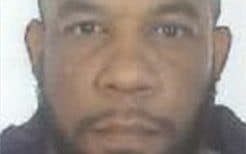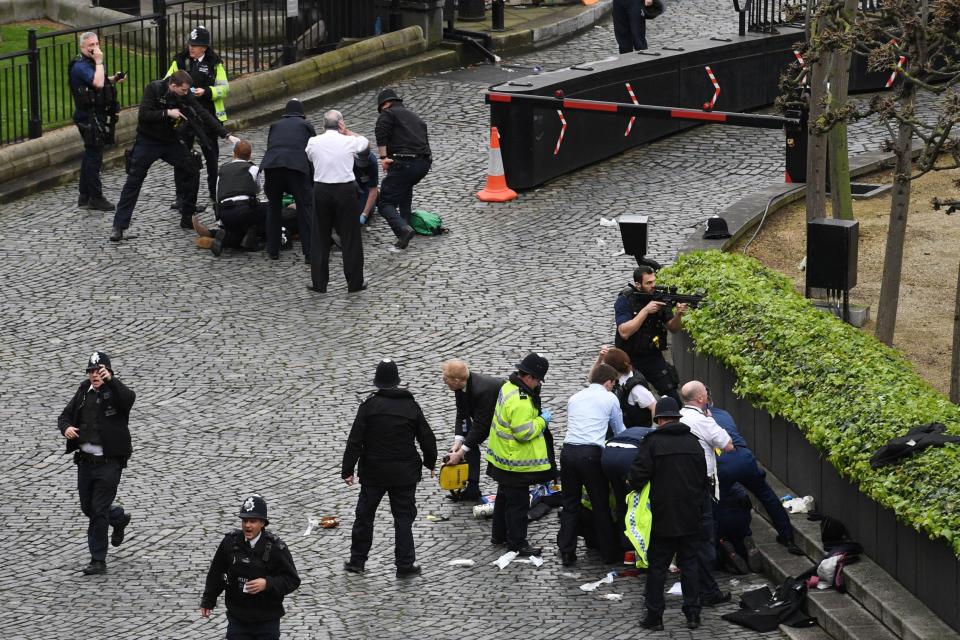Terror police to focus on older suspects in wake of attack on Westminster

Britain's counter-terrorism strategy should be reviewed to take account of the threat from older extremists after the Westminster attack, according to senior experts.
Terrorist profiling currently regards those in their teenage years and their twenties as posing the greatest risk and anti-radicalisation efforts focus on schools, universities and social media.
However, Adrian Ajao, at 52, became the oldest Islamic terrorist to launch an attack in Britain when he murdered three pedestrians and a police officer on Wednesday. The average age of previous terrorists and suspects was 22.
MI5 is understood to have launched a review into how it handled its intelligence on Ajao – who also went by the alias Khalid Masood – after it investigated him over “violent extremism” but decided he was not a significant risk.
He came to the attention of intelligence services as a “peripheral” figure to a terror plot and not a priority target.
The attack will lead to a global discussion among intelligence services on whether to re-evaluate suspect profiles, given claims that Ajao was “re-radicalised” in later life. However, senior Whitehall sources said last night that MI5 had made the correct assessment of Ajao, based on the intelligence available, and that he was not discounted as a threat because of his age.
New details emerged of Ajao’s violent and unpredictable past on Friday.
A former friend in the East Sussex village of Northiam said Masood, known then as Adrian Elms or Adrian Ajao, was a cocaine-snorting thug with a “blood lust” who had sought professional help for his urges to kill people.
It also emerged that the daughter of Ajao, who used a car to kill pedestrians on Westminster Bridge, was almost killed herself once when she was struck by a lorry on her way to school. Andie Ajao, now 24, was seriously injured.
Saudi Arabia also announced that Ajao had travelled there three times since 2005, including briefly in 2015.

David Videcette, a senior counter terrorism officer who investigated the 7/7 bombings in 2005, said the way threats were assessed needed to be revisited.
“There is a tendency to try to profile what a typical terrorist is,” he said. “But this can be very problematic because, of course, not every terrorist fits the profile. Just because he [Ajao] had reached his fifties does not mean that he was no longer a danger.
“MI5 have a grid system with the most dangerous figures at the top. If you are a long way down the list, because you have only been on the periphery of something, then the reality is there will not be a lot of resources being put into keeping tabs on you.”
2005 - 2017 | Terror attacks in the UK
Lord Carlile, a former independent reviewer of terrorism legislation, said: “I doubt Masood’s age was the only reason he was taken off the list, but it might well have been a factor ... it looks like the judgment made was there was very little material to justify expending valuable resources.”
A senior insider with knowledge of counter-terrorism said: “Masood’s age is really unusual. It makes a huge difference to how the threat is assessed.”
The Home Office is due to unveil the latest version of its counter-terrorism strategy – called Contest – in the coming weeks.
How the Westminster attack unfolded

 Yahoo News
Yahoo News 
